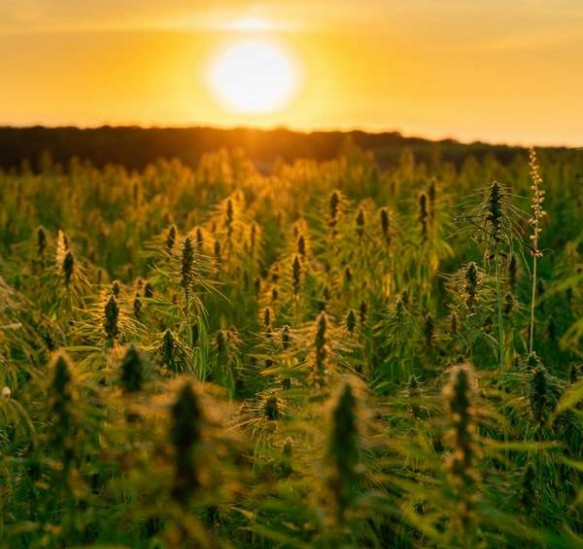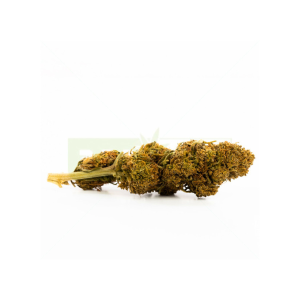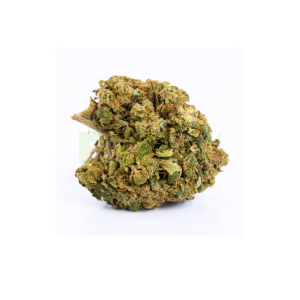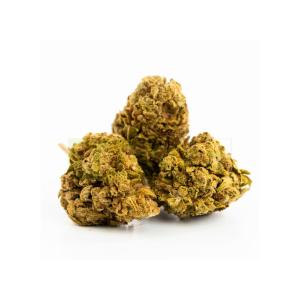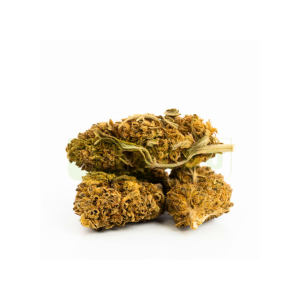What is hemp?
Hemp is a plant of the Cannabinaceae familyused for millennia, which has not always had a bad reputation. Indeed, it was originally used to make clothes, boat sails, ropes, stationery and various other objects.
This plant can be grown in many climates as it adapts easily to weather conditions. They are also found on most continents, with the exception of the poles.
Cultivated for thousands of years, it was in the 1900s that hemp saw its decline begin for several reasons. First it was associated with the psychotropic substance of a molecule of the plant. This bad publicity failed him. But it was also industrialization and the arrival of petroleum-based materials as well as the expansion of the cotton industry that put hemp crops aside.
Good to know: before the 1900s France had more than 170,000 hectares of hemp fields.
Nowadays, hemp cultivation has developed in France, and it is used in many areas: cosmetics, textiles, food, insulation, etc.
Why is hemp eco-friendly?
One of the main advantages of growing hemp is that this plant is naturally resistant to pests and repels them thanks to its smell: so there is no need to use pesticides or chemicals. herbicides, unlike most crops.
It has also been found that this plant can ultimately improve the quality of the soil it grows on. It is therefore an excellent way to bring life back to land whose quality has faded with years of intense cultivation or with chemicals.
Finally, hemp is able to grow and survive in areas where other crops are difficult. Indeed its roots can sink up to three meters deep and thus seek the necessary water without additional irrigation. This large root network also prevents certain weeds from growing.
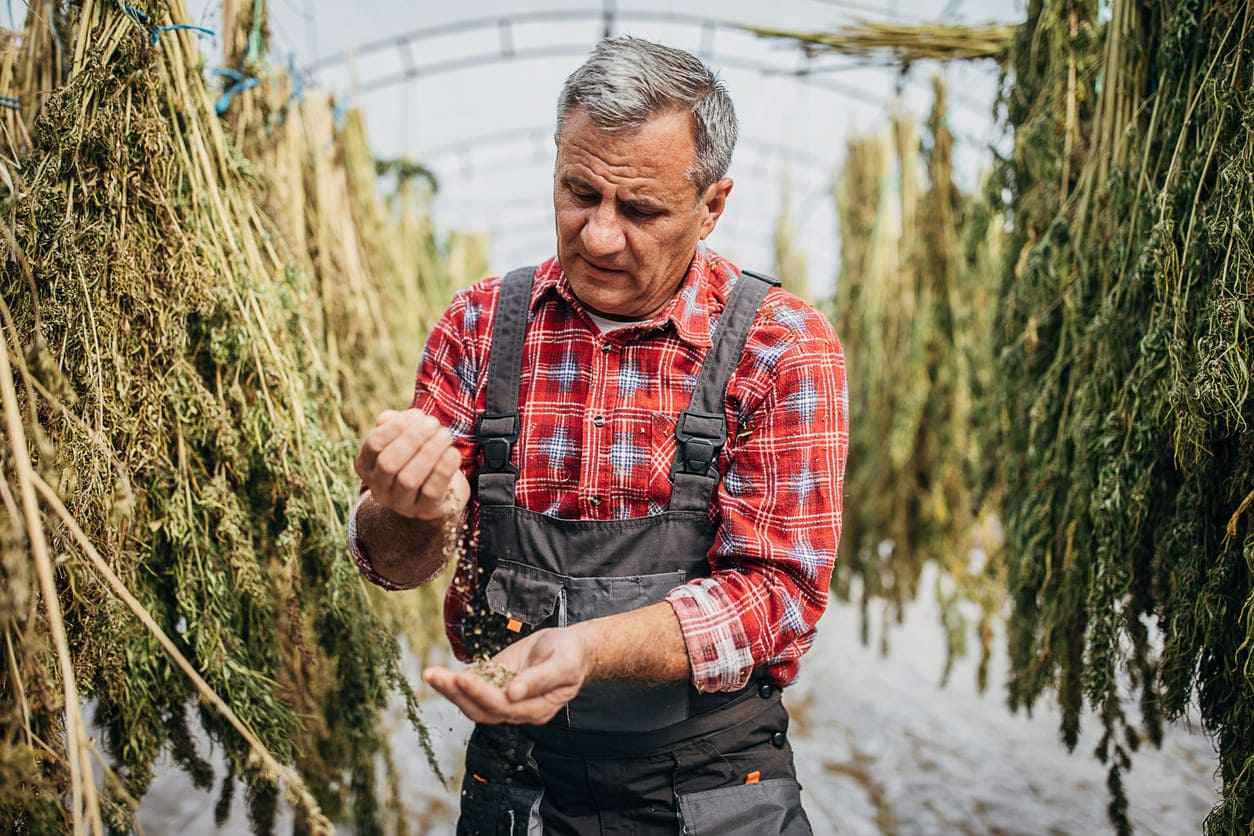
The benefits of hemp fiber
Hemp has very interesting characteristics when used to make clothes.
First of all, hemp is very resistant and the fabric can last for many years without losing its quality: it even becomes softer with every wash. Its resistance is due to the initial resistance of each fiber. The fabric made from hemp is antibacterial and hypoallergenic and can therefore be worn by people with very sensitive skin.
Finally, the fabric made from hemp quickly absorbs moisture and protects against most UV rays.
In which industries is hemp useful?
In recent years, hemp has regained its glory, and its qualities are recognized in several industries.
The food industry
Did you know that hemp is considered a superfood? Indeed, it brings many benefits to the human body. It contains:
- Nine essential amino acids,
- Antioxidants,
- Protein: this makes it a very good source for people who don't eat meat,
- Essential minerals and nutrients,
- Omega-3 fatty acids.
To replace the plastic
Reducing the amount of plastic consumed is a real ecological challenge. It is difficult to do without it today, yet this material contributes greatly to the degradation of the environment and the oceans.
More and more solutions are being sought, including the creation of plastics that are biodegradable and do not contain petroleum. This resource may be doomed to disappear: one more reason to find more ecological alternatives.
Hemp is a perfect candidate for this: indeed it is a fibrous plant, made up of more than 80% cellulose fibers.
Good to know: plastics made from hemp fibres, if discarded in nature, degrade completely in less than 80 days .
The textile industry
Hemp fiber has long been one of the main fibers used in the world. It is making a comeback for its ecological qualities, but it is also appealing to those who no longer want to wear synthetic fabrics that may contain chemicals that are harmful to health.
Sometimes hemp is combined with bamboo to take advantage of the different virtues of these plants.
Thus, buying clothes made from hemp fibers is like making a small gesture for the environment. This material is even more ecological than cotton because its production requires much less water.
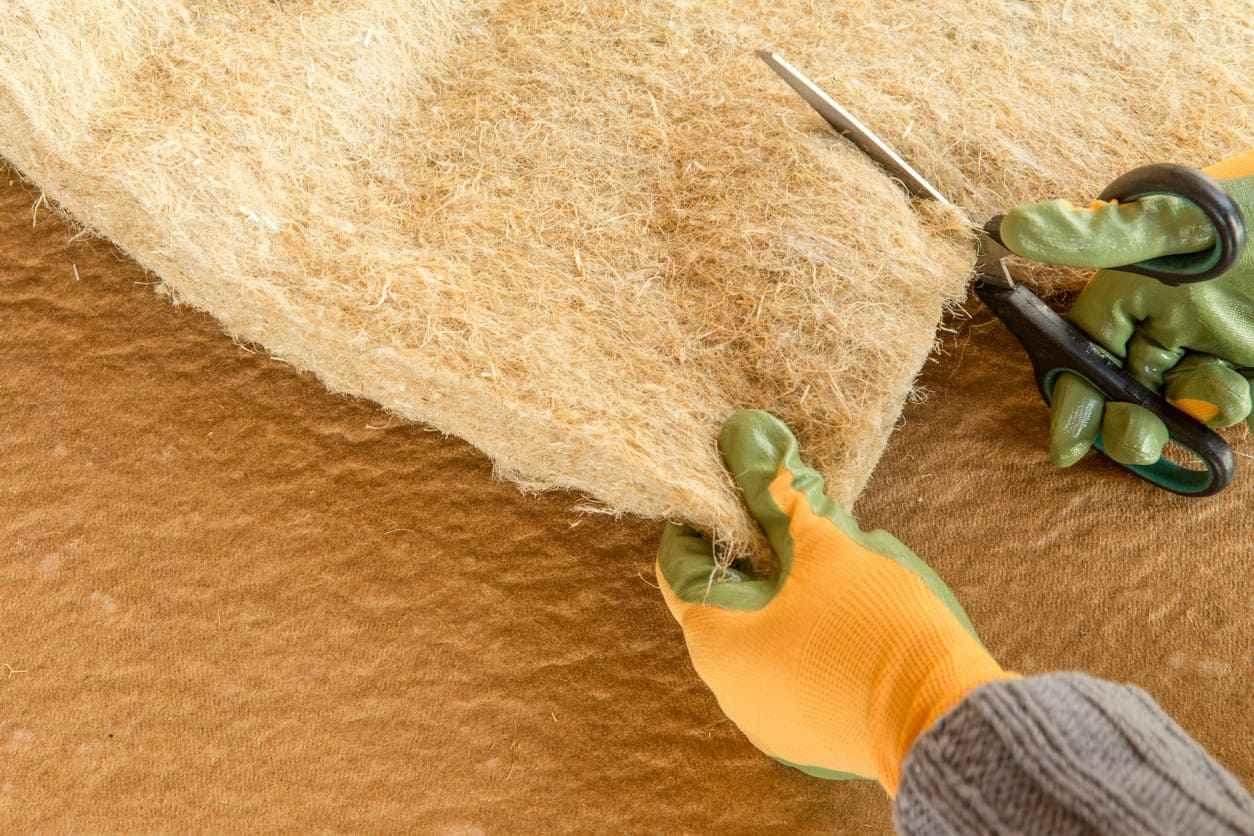
How is hemp made into fabric?
As often, it is possible to manufacture hemp-based fabric in a traditional or industrial way. If the first option seems more environmentally friendly, it is actually the second that could increase production volumes and thus create more ecological clothing.< /p>
Here are the steps in transforming the hemp plant (which can be up to four meters tall) into fabric.
The first step: retting
To prepare the hemp plant, you must start by cutting the stems. These must then be left to macerate on the ground or placed in water.
It is a way of preparing the fibers to be then extracted more easily. Historically, this step was performed in nearby rivers.
Second and third steps: decortication and scutching
This step consists of shelling the stem and removing its bark in order to extract the hemp fibers.
Scutching means “pulling the fiber out of the stem”. We then obtain fibers that can be up to 80cm in length.
Fourth step: combing or carding
During this step, you must carefully untangle each fiber so that they remain as long as possible.
Once combed, the fibers are homogenized. When this step is carried out industrially, the fibers are passed through a machine containing fine steel spikes that divide and comb the fibers.
It is during this stage that the quality of the fiber is determined, so it must be carried out with care.
Last step: spinning
This is the final part of the operation: the fibers are combined to form a yarn. In France all spinning mills had disappeared or were exported.
Hemp indeed requires specific equipment. This is therefore the current challenge for relocating spinning mills to France: obtaining machines that are efficient enough to make the rest of production less expensive.
Why hemp is environmentally friendly: the final word
Growing hemp is unquestionably ecological: it does not consume water, does not need pesticides, prevents weeds, and stores a lot of CO2.
Whether to be consumed as a superfood, to reduce plastic waste or to make clothes that are pleasant to wear and with antibacterial properties, hemp is therefore a solution to improve the future.

